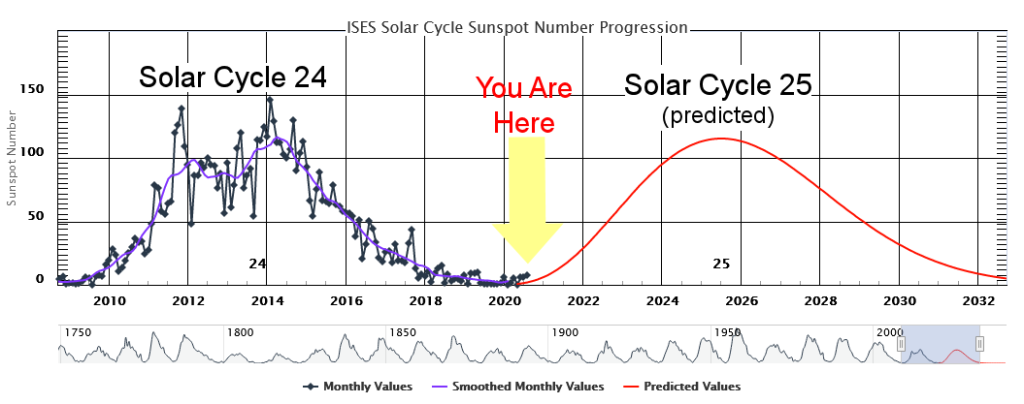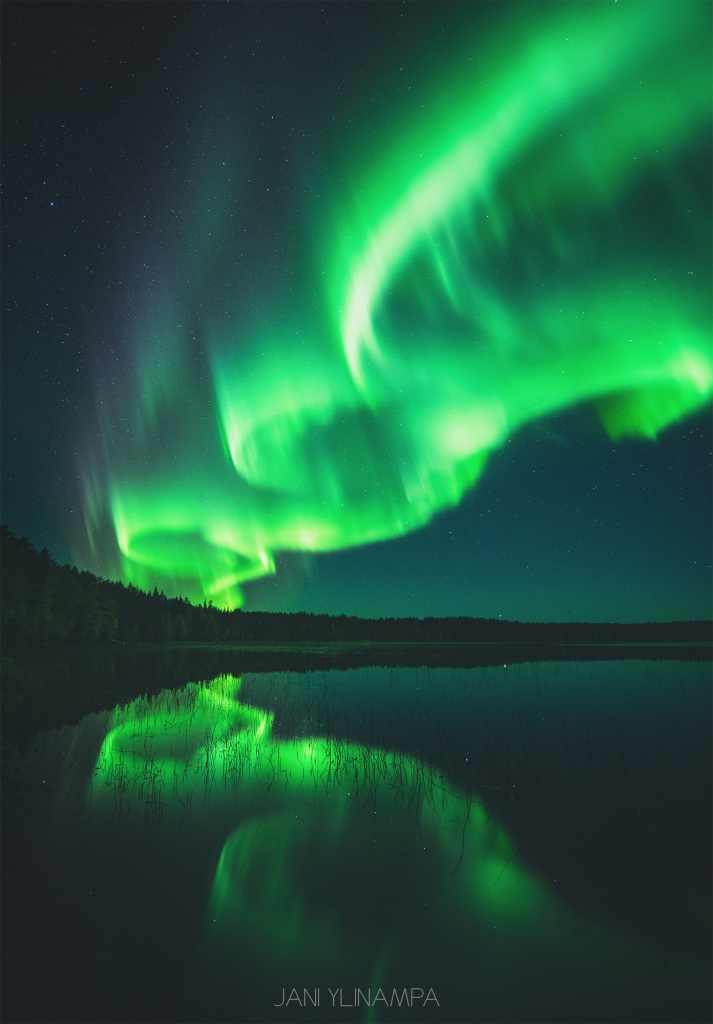Sept. 22, 2020: Imagine putting your thumb on a garden hose and sending a jet of water into the sky. At the apex of the stream, auroras form. It turns out, some comets can actually perform this trick.
In a paper published this week in Nature Astronomy, researchers described how comet 67P/Churyumov-Gerasimenko turns vaporous jets of water into auroras.

The European Space Agency’s Rosetta spacecraft observed the weird lights while it was orbiting Comet 67P in 2014-2016. At first researchers misunderstood what the glow was. It couldn’t be an aurora, could it? For one thing, the comet doesn’t even have a magnetic field–a key ingredient of geomagnetic storms. Also, the lights of Comet 67P are invisible to the human eye. They shine at far ultraviolet wavelengths, unlike the familiar red and green curtains that dance around Earth’s poles.
“Nevertheless, they are auroras,” says Marina Galand of Imperial College London, UK, lead author of the new study.
It took years for Galand and colleagues to figure out what was going on. Solving the mystery required data from five of Rosetta’s sensors plus a physics model to calculate how the solar wind interacts with the comet’s atmosphere.

They found that electric fields naturally occurring in the comet’s atmosphere can grab electrons from the solar wind and hurl them inward. Those electrons rush headlong into water molecules spewing out of the comet’s core. Debris from the collision–excited atoms of H and O–produce an ultraviolet glow: Aurora Cometalis.
Comet auroras respond to space weather much like Earth auroras do. Gusts of solar wind can rev them up, and a good coronal mass ejection (CME) can cause an outright auroral storm. Indeed, a CME that hit Comet 67P on Oct. 22, 2014, caused “a sharp intensification” of the UV brightness.
Galand says that “other comets should have these kind of auroras, too.” The basic physics is universal. 67P/Churyumov-Gerasimenko’s auroras are special only in the sense that the Rosetta spacecraft was there to observe them.

Thought experiment: Suppose you could see UV light. What would the auroras of Comet 67P look like from ground level? “They would be diffuse, but not uniform,” speculates Galand. “Some parts of the sky would be brighter than others–especially if a jet of water crossed your field of view!”
And here’s the strangest part of all: The auroras would descend all the way down to the comet’s surface. “So you would be surrounded by the light,” she says.
Yet another reason to visit a comet….

